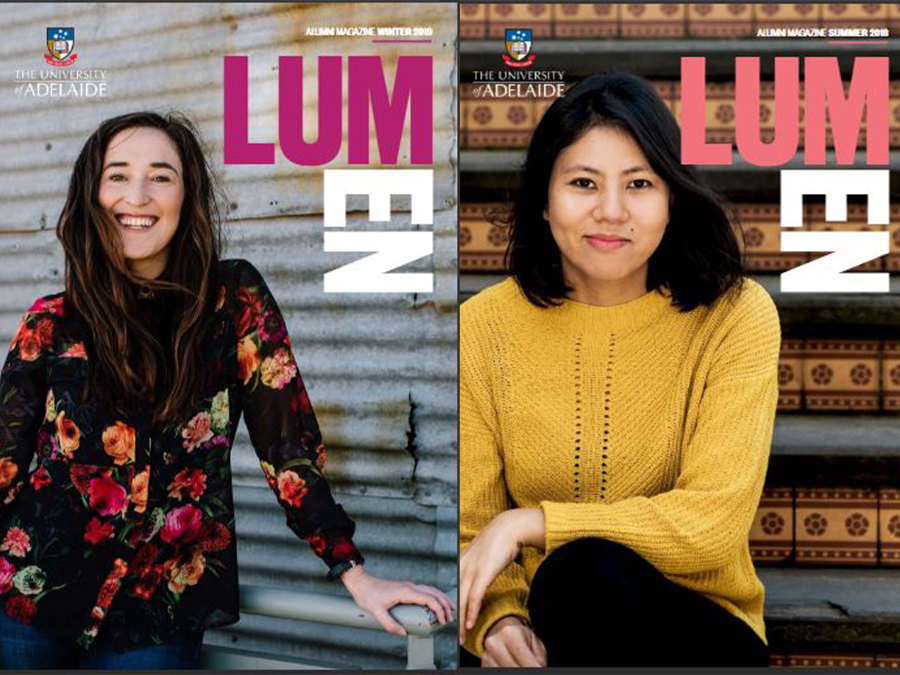Revolutionary wrist fracture device developed in SA
Thursday, 12 May 2016
An innovative new device which will help wrist fractures heal faster and can be fitted more easily by surgeons has been developed, and will be manufactured, in South Australia.
The VRP 2.0 (Volar Radius Plate) is a joint project between the University of Adelaide’s Institute for Photonics and Advanced Sensing (IPAS) and Austofix, an Adelaide-based medical device company specialising in medical devices.
The device design, by Austofix, includes an improved locking mechanism for the plate and an increased variable angle for the screws, which means surgeons can get a better hold on the wrist bone, leading to quicker healing.
The VRP 2.0 will be launched by the end of the year, and is expected to be suitable for treating 90 per cent of all wrist fractures.
“This is one of the exciting outcomes of the Photonics Catalyst Program which brings together university expertise in laser and other light-based technologies (photonics) with industry to support the development of cutting-edge products,” says Professor Andre Luiten, Director of IPAS, and Chair of Experimental Physics with the School of Physical Sciences.
“And as a result of this project and the collaboration that’s been put in place, we are set to become the advanced manufacturing research and development lab for Austofix.”
The VRP 2.0 project was part-funded by the State Government through the Photonics Catalyst Program, a joint initiative between the Department of State Development and IPAS.
“This project brought together Austofix’s regulatory and clinical expertise, designers and engineers with the advanced manufacturing capabilities at IPAS, including 3D metal printing and ultrasonic milling specialists,” says Mr Chris Henry, Austofix General Manager.
“Our Austofix product design engineers, working with IPAS, were able to innovate within a flexible design and manufacturing process. This environment was key to our ability to take the prototype to market within such a short timeframe.”
Over the six month project in consultation with Australian surgeons, many different designs were considered, prototyped and tested for an optimal solution that meets the needs of orthopaedic surgeons.
The work was carried out at the Optofab node of the Australian National Fabrication Facility at the University of Adelaide.
A video about the project can be viewed here.
Contact Details
Email: andre.luiten@adelaide.edu.au
Director, Institute for Photonics and Advanced Sensing
The University of Adelaide
Business: +61 8 8313 2359
Mobile: +61(0) 404 817 168
Media Team
Email: media@adelaide.edu.au
Website: https://www.adelaide.edu.au/newsroom/
The University of Adelaide
Business: +61 8 8313 0814







